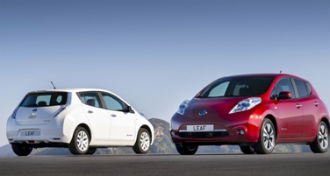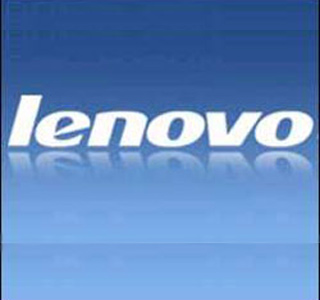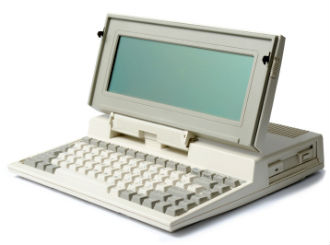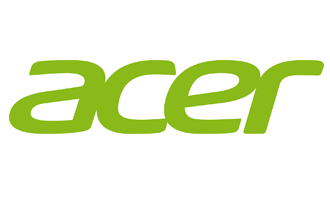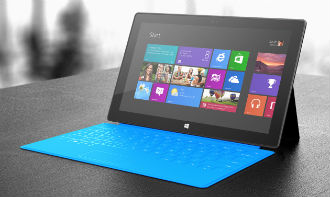 As if there was not enough bad news on the PC front, IDC has updated its forecast for 2013 and it now estimates PC shipments will fall 9.7 percent this year. Back in May IDC said PC sales would drop 7.8 percent, but in the meantime things have gotten a lot worse it seems. PC shipments dropped 4 percent in 2012, so the cumulative decline will be even worse.
As if there was not enough bad news on the PC front, IDC has updated its forecast for 2013 and it now estimates PC shipments will fall 9.7 percent this year. Back in May IDC said PC sales would drop 7.8 percent, but in the meantime things have gotten a lot worse it seems. PC shipments dropped 4 percent in 2012, so the cumulative decline will be even worse.
So what happened over the last three or so months that made IDC slash another two percent from its forecast?
It wasn’t the poor showing of Haswell notebooks, or the complete absence of hybrids and other half baked attempts to salvage the market. It was China, along with other emerging markets. IDC says consumer interest remains “stubbornly depressed” but the main reason is still soft demand in emerging markets. Not that long ago, analysts were expecting emerging markets to save PC’s bacon, but now it seems they were wrong. IDC now expects a double-digit decrease in China and many other markets in the region will follow suit. India on the other hand is doing just fine, but India alone isn’t enough to reverse the trend.
Meanwhile channel sources are reporting stagnant inventory and plenty of demand for tablets and smartphones. As a result, leading emerging markets are expected to stay in the red next year. The market as a whole is expected to decline through 2014, but eventually it will recover in 2015 and see some modest growth. IDC says the industry will never return to peak volumes seen in 2011. Worldwide PC sales in 2012 totalled 349 million and they’ll be down to 315 million this year and they’ll “recover” to 319.8 million in 2017, which sounds encouraging until you factor in population growth.
“The days where one can assume tablet disruptions are purely a First World problem are over,” said Jay Chou, Senior Research Analyst, Worldwide Quarterly PC Trackers at IDC. “Advances in PC hardware, such as improvements in the power efficiency of x86 processors remain encouraging, and Windows 8.1 is also expected to address a number of well-documented concerns. However, the current PC usage experience falls short of meeting changing usage patterns that are spreading through all regions, especially as tablet price and performance become ever more attractive.”
Worse, the post-2014 recovery will be slow and it will be driven in part by the need to refresh existing systems, which already have much longer lifecycles than a few years ago. Things will start to pick up as businesses start upgrading their old XP boxes, while entry level ultraslims and cheap convertibles are expected to do well on the more consumerish side of things.
While this sounds encouraging, it should be noted that all three categories tipped for success aren’t big money makers. Businesses upgrading ancient XP machines won’t go for anything expensive, entry level hybrids and ultraslims will be very cheap as well, which is not good news for ASPs. What’s more, hybrids and ultraslims have to compete with even cheaper tablets to some extent, so tight margins will be the norm. Needless to say, vendors aren’t exactly thrilled by the prospect of having to build, market and service tons of cheap hybrids only to make peanuts at the end of the day.
 Not that long ago dissatisfied customers used to ring up companies or show up at their door. Neither option was something businesses looked forward to, but they had to deal with it anyway. Then the social networking revolution came about and for a while it seemed like the internet would help improve customer service and lessen the hassle at the same time.
Not that long ago dissatisfied customers used to ring up companies or show up at their door. Neither option was something businesses looked forward to, but they had to deal with it anyway. Then the social networking revolution came about and for a while it seemed like the internet would help improve customer service and lessen the hassle at the same time.
